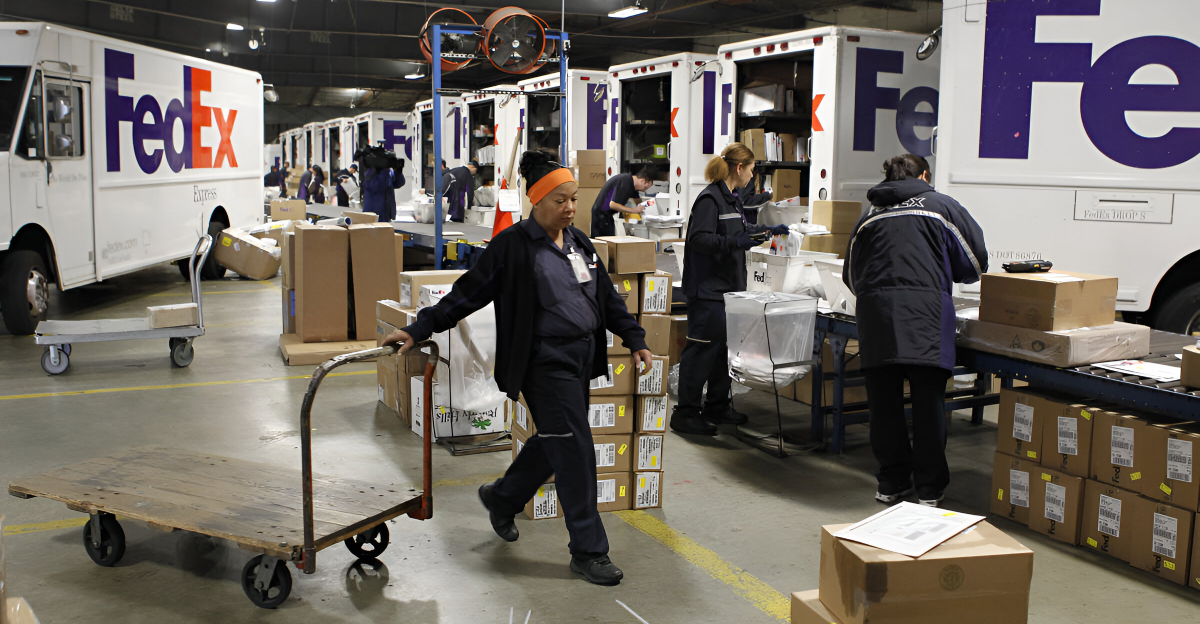
The package delivery industry constantly evolves, but sometimes maneuvers behind the scenes are more serious than most people realize.
FedEx, one of the biggest names in global shipping, has made several changes that will affect hundreds of employees and facilities across the US.
While millions depend on FedEx daily, few know what actually happens behind the scenes. Cost increases, technology, or something else? Let’s explain exactly what’s happening and how it can affect you as a customer.
A Shocking Move by a Shipping Giant
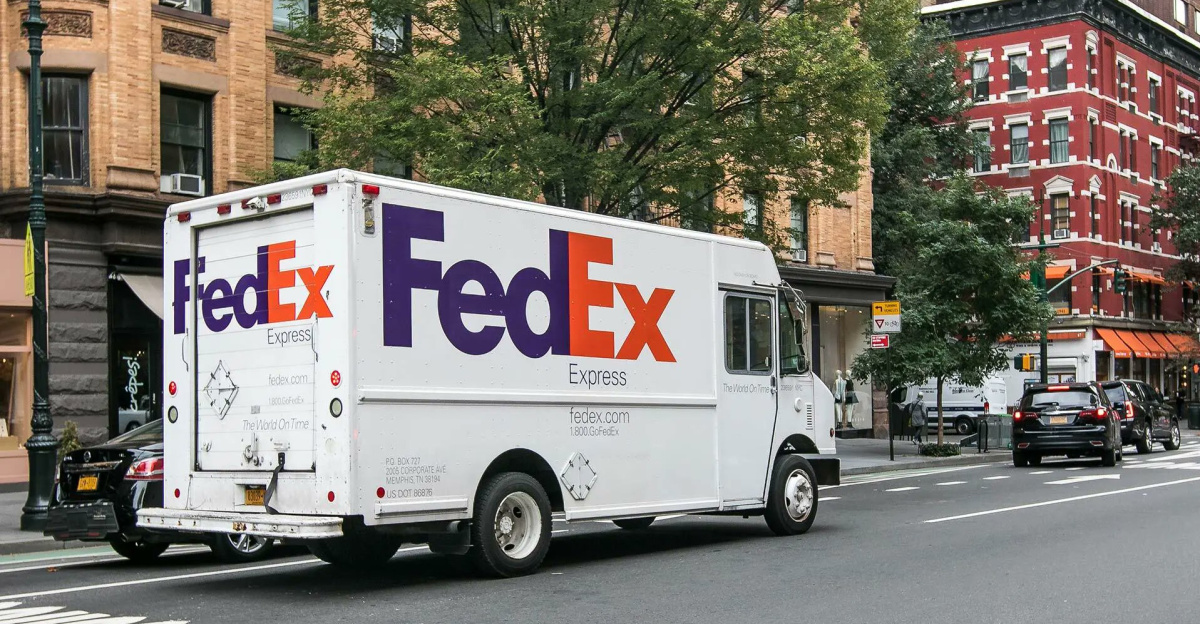
FedEx has made a move that may shock even its most devoted customers. While it’s standard procedure for companies to restructure and improve their operations regularly, shutting down entire facilities and laying off hundreds of employees means something bigger is at stake.
These aren’t overnight changes, and they have been carefully considered. So why now? And what does it echo about their expansive delivery network that numerous companies and individuals rely on daily?
A Glimpse Inside the FedEx Tent
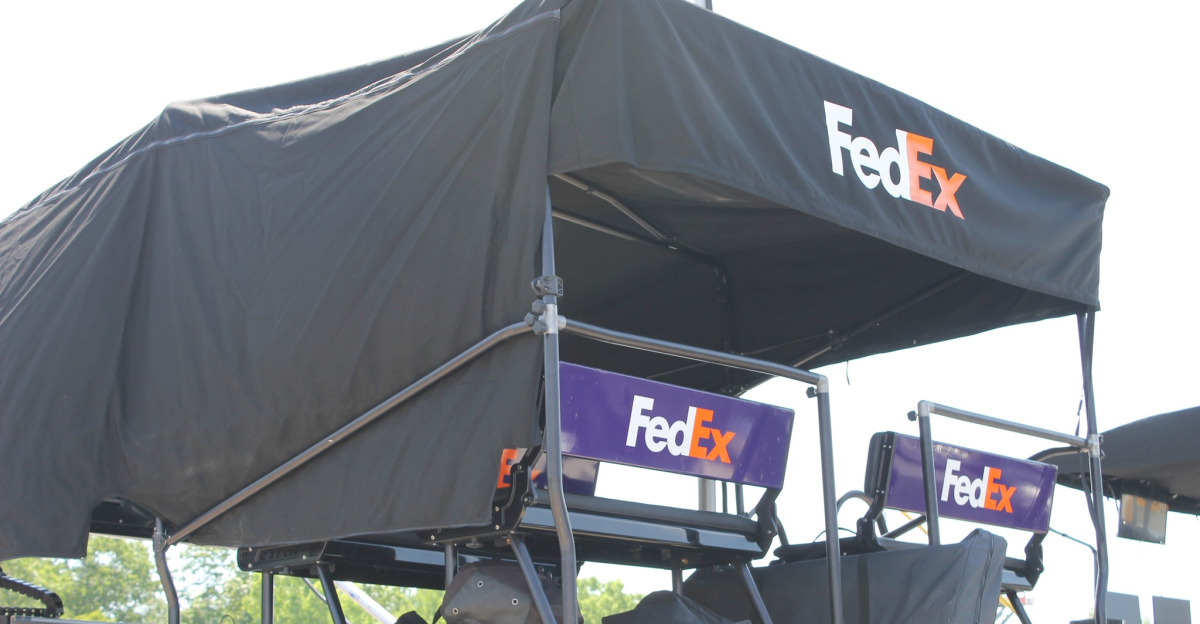
It’s more than a matter of shifting a delivery schedule or adding a piece of equipment to a warehouse shelf.
FedEx is making a tough move by closing down two large buildings and letting go of almost 500 workers. While headlines scream numbers, the story is actually one of strategy.
FedEx is trying to remain relevant in a time when fast, inexpensive, and on-time delivery is the standard. But cutting jobs and closing doors seems like a huge gamble.
The Facilities on the Chopping Block
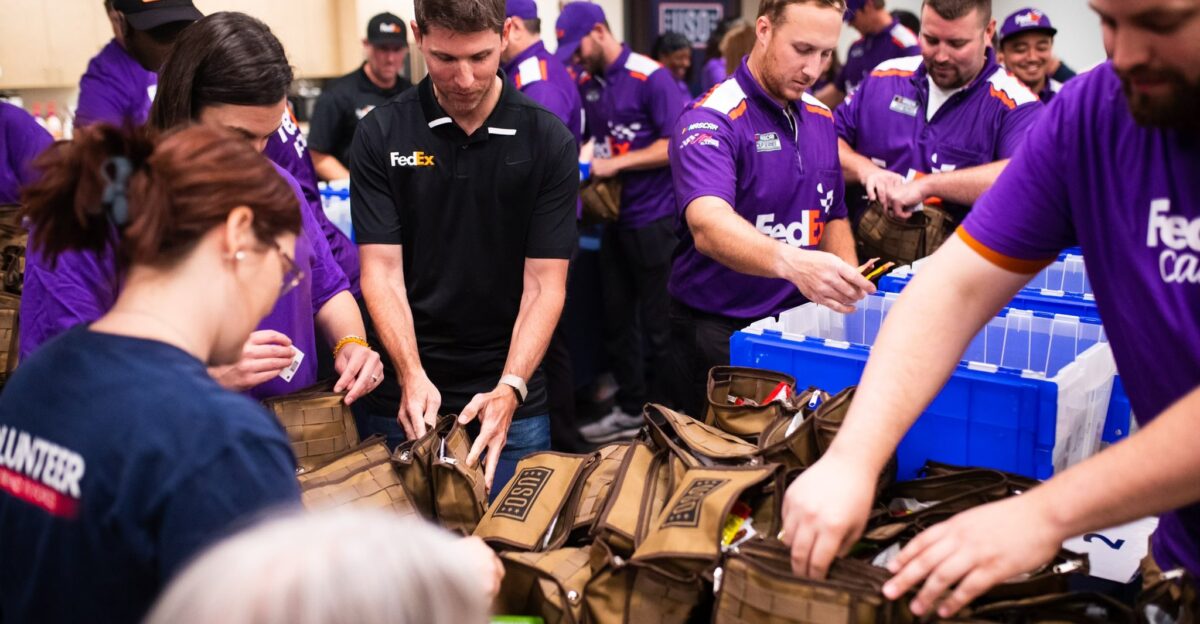
The closings will be in Omaha, Nebraska, and Greensboro, North Carolina. Greensboro will lose approximately 164 workers, and Omaha will lose 102.
These are facilities where thousands of packages are sorted every day. Shifting their operation elsewhere is not something that can happen with the flip of a switch.
It’s a matter of redirecting trucks, relocating workers, and rearranging schedules while attempting to get packages delivered nationwide on time.
Other Cuts Beyond Two Cities
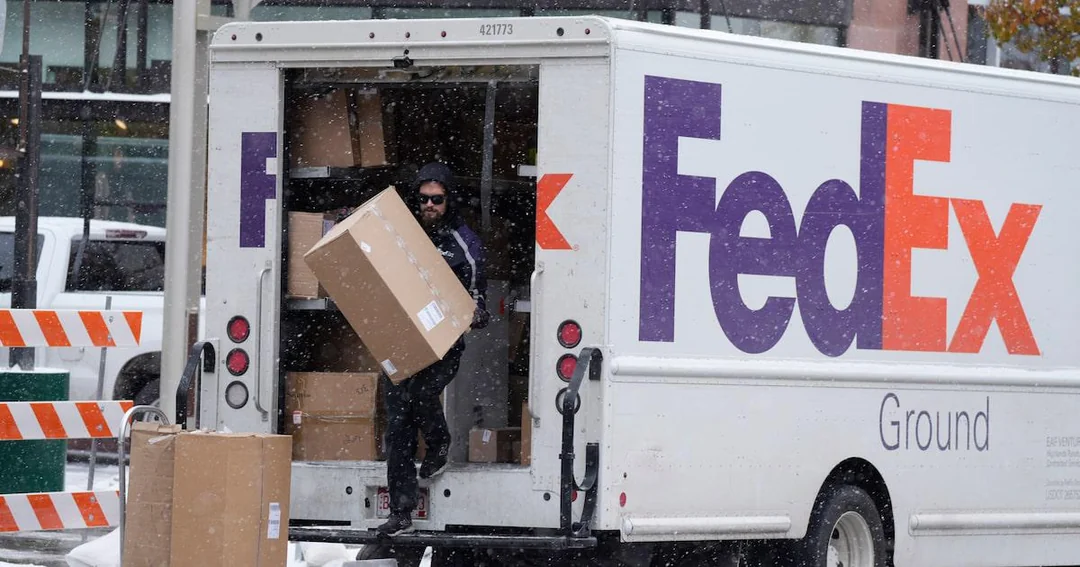
Beyond the two primary closings, other sites will also experience job loss. In Des Moines, Iowa, 84 positions will be eliminated.
Texas sites in Garland and Plano will have a total of 131 job cuts. These changes total approximately 480 workers impacted overall.
FedEx has informed local officials and workforce agencies of these plans, readily demonstrating how extensive and serious this change really is.
What’s Behind These Decisions?
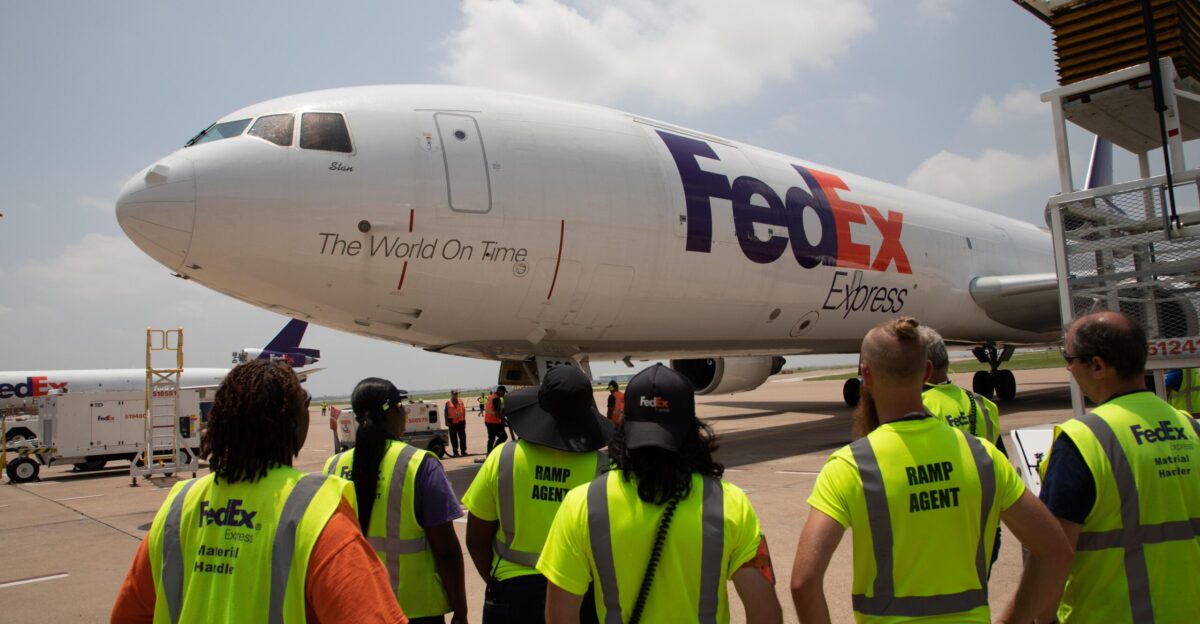
FedEx isn’t making these changes out of dwindling demand or short-term losses. Instead, these decisions are part of a long-term strategy known as Network 2.0.
This strategy combines FedEx Express and Ground operations in an attempt to make them more efficient and less costly.
By consolidating two networks into one, FedEx hopes to sort packages more quickly and cheaply. It’s an aggressive strategy, but one that has human costs.
Network 2.0: Investing Heavily in Efficiency
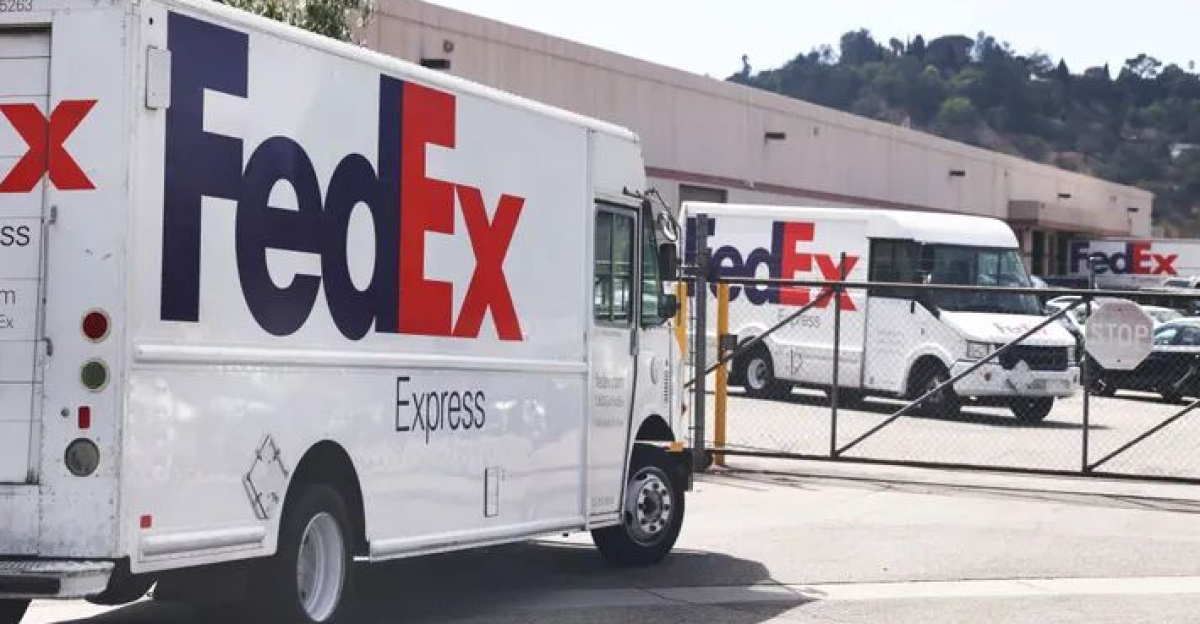
Network 2.0 is not a catchphrase. It’s a master plan for fundamental restructuring that can transform FedEx’s business in the US.
FedEx plans to cut transport costs and improve delivery times by merging locations and eliminating redundancy.
Executives claim it will allow them to compete more effectively in an industry plagued by new threats and rising pressures.
However, though it’s a vision-for-the-future concept, the short-term impact is not one that affected workers can afford to disregard.
A Ripple Effect Among Staff
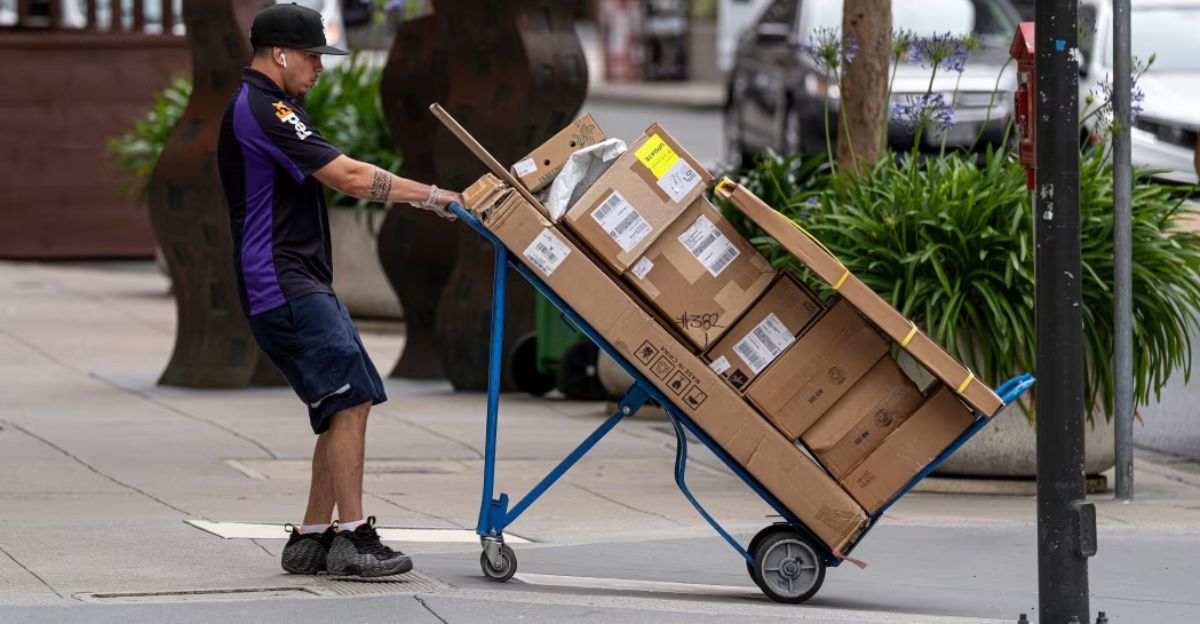
The future is murky for the nearly 500 employees who will lose their jobs. Some workers will be relocated within FedEx, but these positions may involve relocation or longer distances traveled to the workplace.
Even for employees whose positions are kept, adjustments in schedules and work conditions can cause stress and upset.
FedEx has indicated it is doing what it can to assist these employees, but for many, it’s a change they never imagined.
How will packages continue to move?
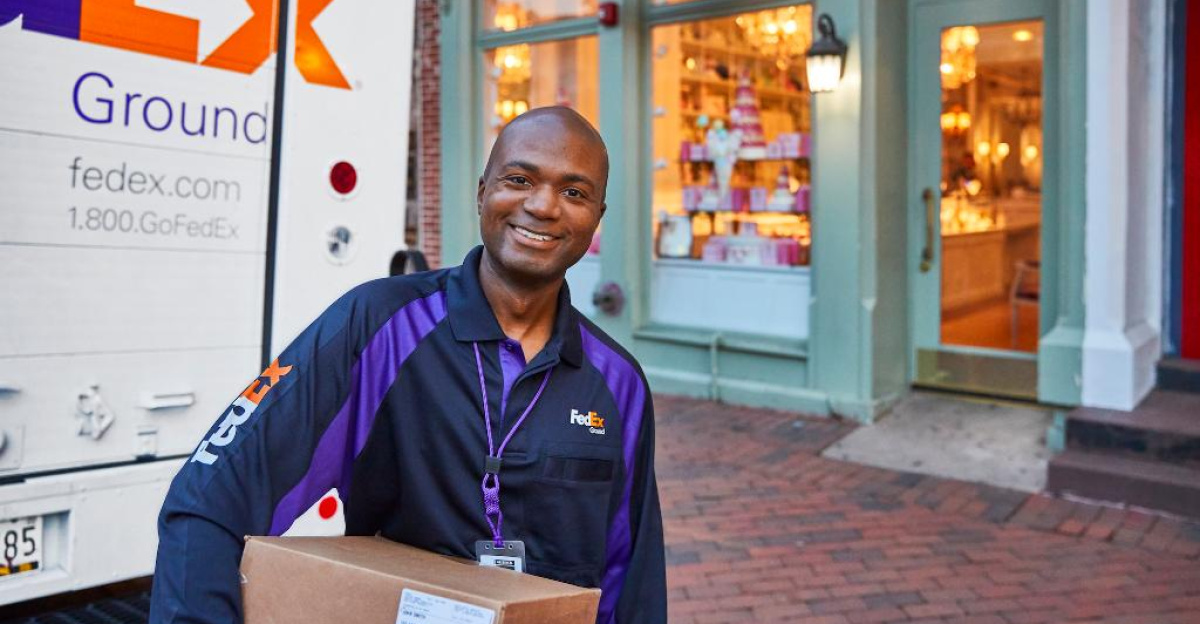
One of customers’ major worries is whether the closings will delay deliveries. FedEx assures that by sending work to nearby facilities, service will largely stay on schedule.
Packages that would have come through Greensboro or Omaha will be rerouted to other hubs within about 50 miles.
Small changes may take place, especially during the adjustment period, but FedEx is working hard to honor delivery commitments and retain reliability around the nation.
Will Consumers Notice a Difference
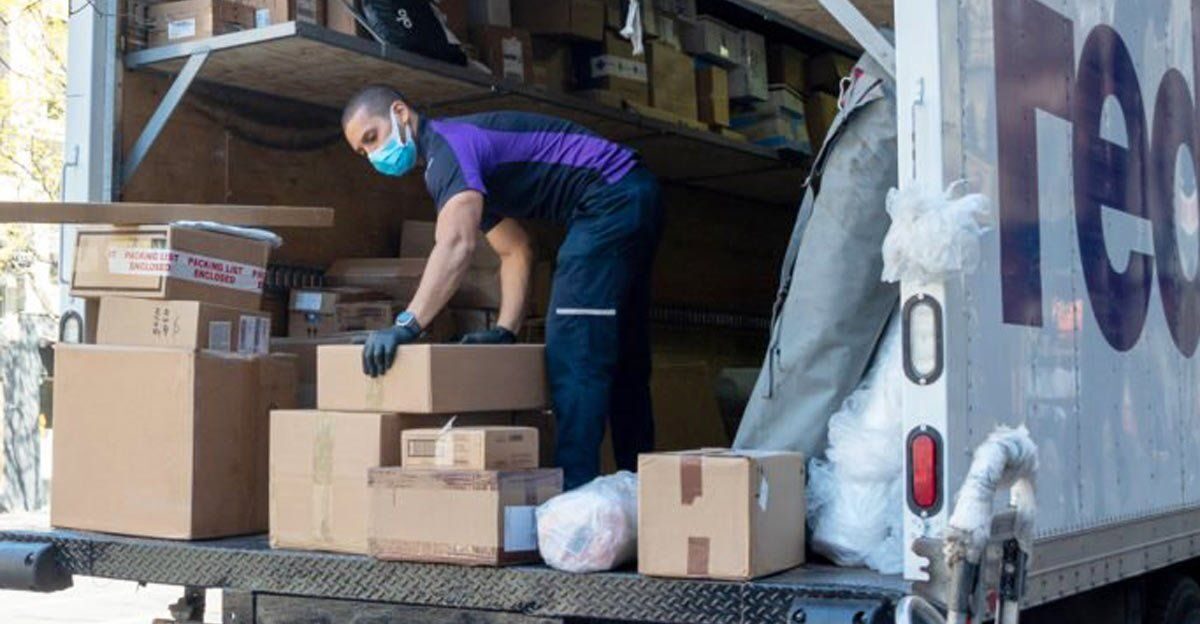
Most customers probably won’t even notice a significant difference in their daily deliveries. FedEx has built a large, adaptable, and flexible system.
Although certain hubs are closing, the company will use other stations to make up the difference. There might be minor delays or changes to pickup times or methods for close-to-home customers who live near closing locations.
But in most cases, FedEx is taking great measures to prevent service interruptions and save its reputation.
A Bigger Industry Trend
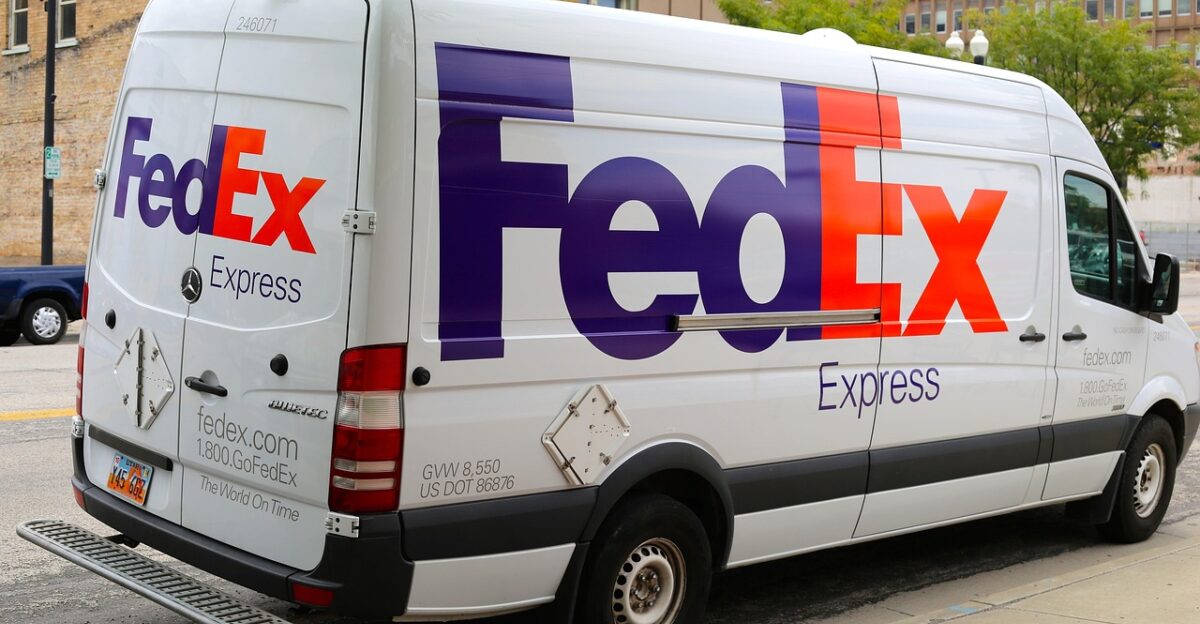
FedEx’s actions are just one of many in the broader logistics trend. Delivery companies across the globe are attempting to save money and streamline networks.
With increased online shopping and customer demands, logistics giants need to catch up or get left behind. Merging operations often entails fewer sites and employees but quicker, cheaper delivery.
FedEx is not alone in pursuing this tactic; it is only one example of a larger change in how packages arrive at our doorstep.
How about Future Facility Closures
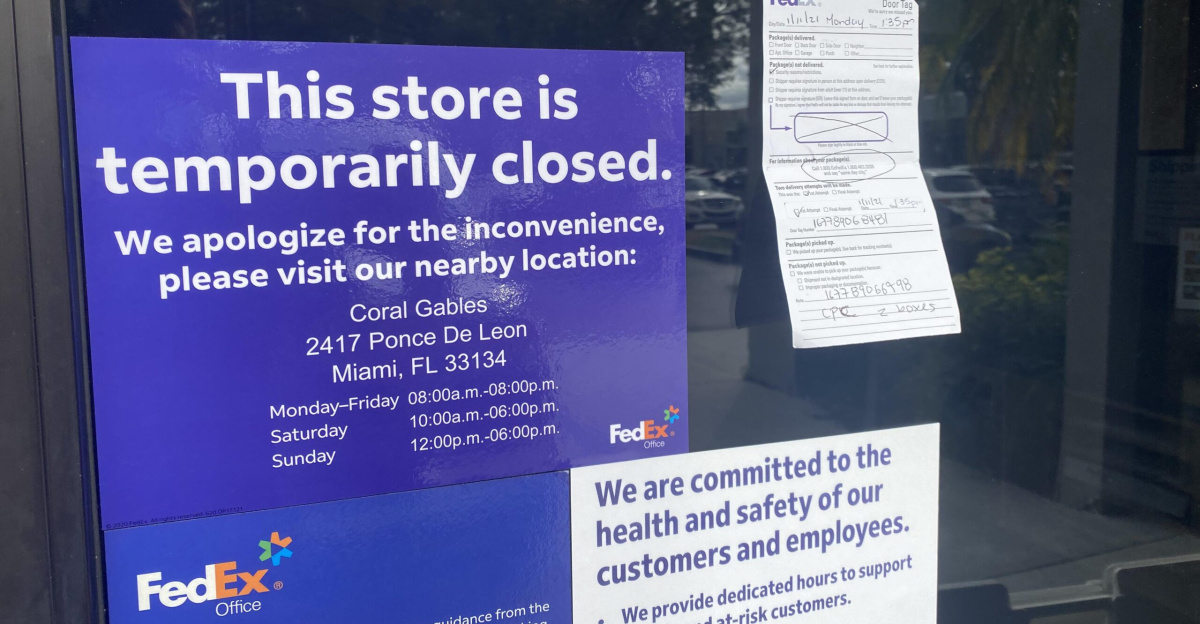
FedEx has also indicated that this is just the tip of the iceberg. Senior officials recently indicated they intend to shut as many as 30% of package terminals in two years.
That translates to more shutdowns and more layoffs down the road. That may lead to healthier finances and more efficiency, but it also means more hardship for employees and local economies.
The Consumer Takeaway
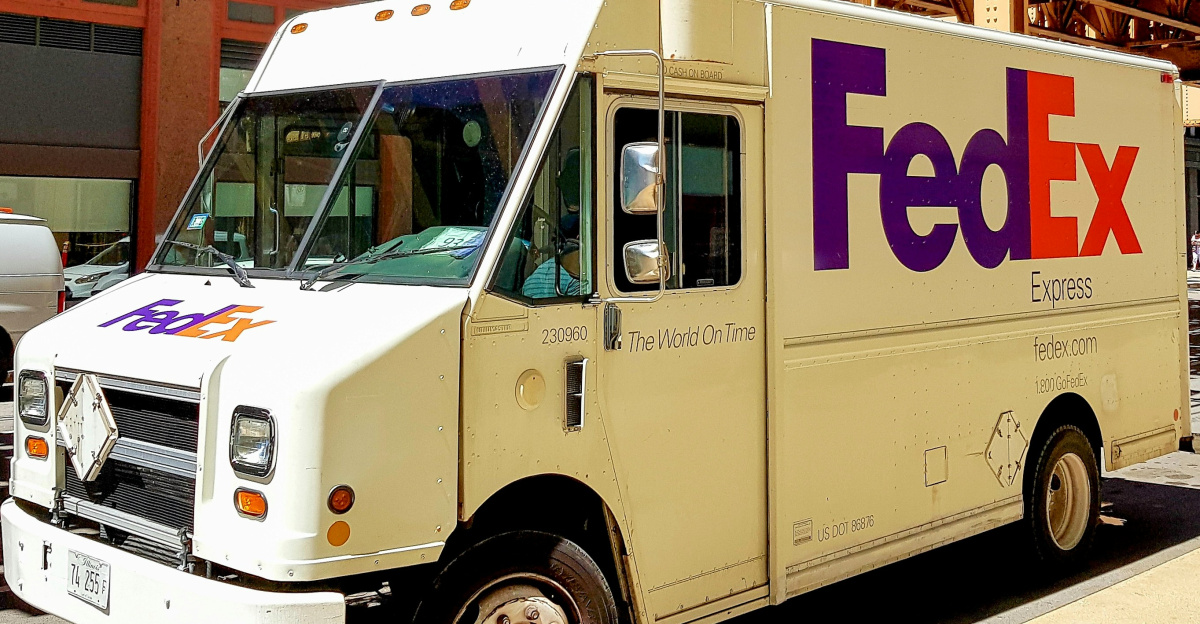
Ultimately, consumers care most that their packages arrive on time undamaged. So far, FedEx has managed to continue operating smoothly while restructuring.
But the magnitude of these actions indicates just how much work companies put in behind the scenes to remain competitive.
Changes aren’t immediately apparent on the front end, perhaps, but they affect the delivery landscape in ways that affect all of us, even if only marginally.
Looking Ahead
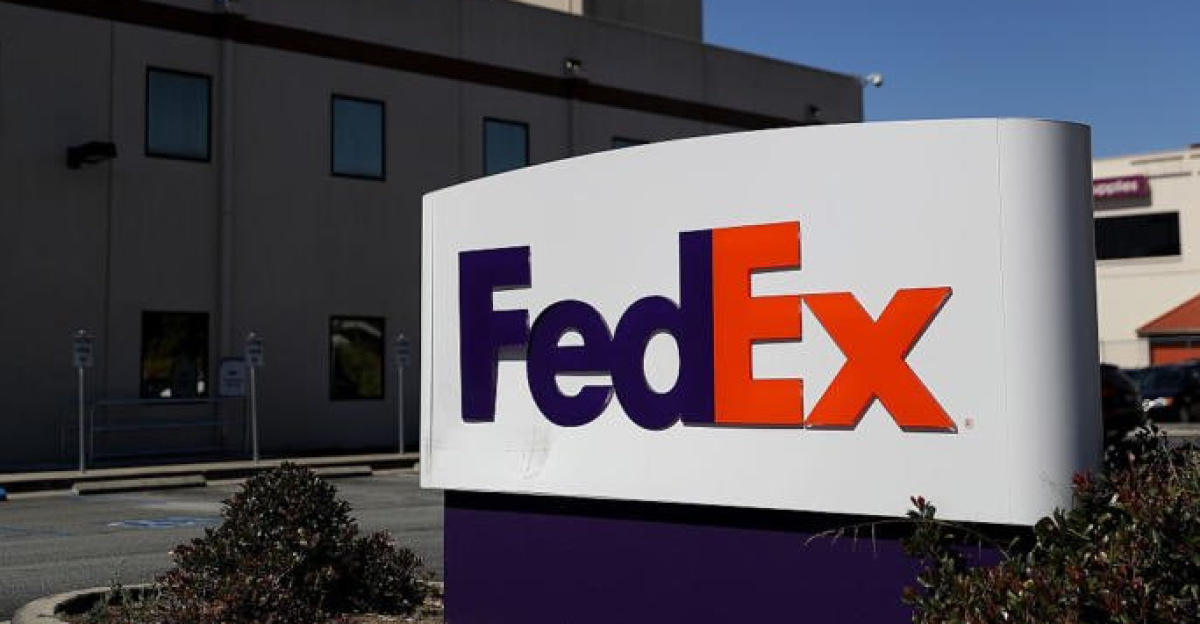
FedEx’s recent developments are but one chapter of its long and winding path of growth and transformation. As FedEx continues on the road of Network 2.0, future changes are in store.
Customers will still receive their packages on time for now, but employees and local communities will continue to pay the true price. Watching how FedEx balances efficiency and human costs may reveal the future of shipping.